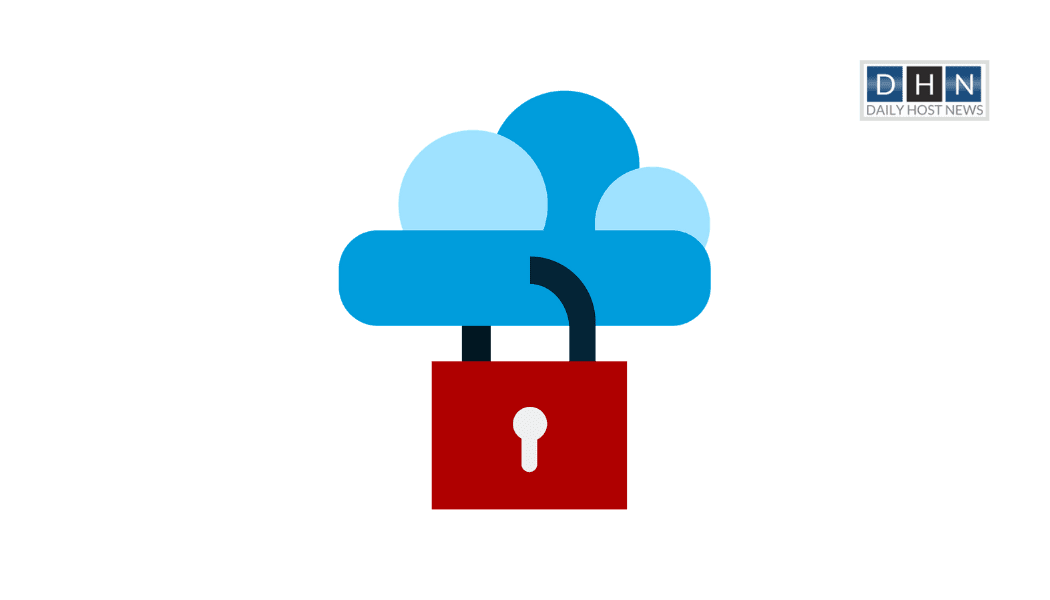In a world where digital threats constantly loom, the importance of effectively managing and securing cloud infrastructure cannot be overstated. The 2023 Cloud Security Report by Check Point and Cybersecurity Insiders reveals the latest insights and trends in cloud security management. To equip yourself with a comprehensive understanding of the current cloud security landscape, read on to explore the top threats faced by organizations in the cloud. Discover the pressing challenges that demand immediate attention and delve into the best practices that can fortify your organization’s cloud security posture.
76% of cybersecurity professionals are extremely concerned about cloud security
With the increasing adoption of cloud technology, the issue of security remains a top priority, as 76% of respondents reported being extremely or very concerned about cloud security.
A large majority of participants expressed concerns regarding the shortage of skills for implementing cloud security (58%) and ensuring data protection (52%) in multi-cloud environments.
Other challenges, include understanding the integration of different solutions (49%), comprehending service integration options (45%), and experiencing a loss of visibility and control (44%).
To tackle these complexities, organizations must consider adopting a comprehensive multi-cloud security solution that integrates seamlessly with the tools provided by Cloud Service Providers (CSPs). This approach aims to simplify management processes and reduce the reliance on specialized skills.
Misconfiguration of cloud platforms is the top threat faced by organizations
The most prominent threat identified by 59% of respondents was the misconfiguration or improper setup of the cloud platform. Other notable threats included the exfiltration of sensitive data (51%), insecure interfaces/APIs (51%), and unauthorized access (49%).

These findings indicate the need for proper configurations, strong account protection measures, and timely vulnerability management in effectively mitigating risks.
CIEM adoption and DevSecOps integration
40% of respondents use Cloud Infrastructure Entitlement Management (CIEM) as part of their Cloud Security Posture Management (CSPM), while 26% rely on Cloud Service Providers or native CIEM solutions. 29% of surveyed professionals do not currently use CIEM, indicating the potential for further adoption and improvement in cloud security posture.
In terms of DevSecOps adoption, 37% of organizations have implemented it in certain parts of their organization, while 22% are considering its adoption. Only 19% have a comprehensive DevSecOps program in place.
Currently, 48% of participants are employed in organizations where tool selection is determined by security engineers in a centralized information security department. Additionally, within 51% of organizations, DevSecOps engineers are responsible for implementing system changes to address security compliance issues.
Best practices for cloud security management
Embrace a platform approach: Embracing a comprehensive, integrated cloud security platform is the key to achieving consistency, visibility, and control across your multi-cloud environments. By adopting this approach, you can effortlessly navigate the complexities of cloud security and significantly reduce the likelihood of misconfigurations that could leave your organization vulnerable.
Prioritize automation: Harnessing the power of automation is vital for scaling your security operations and streamlining processes. By automating routine tasks, you can minimize the risk of human errors, boost your security posture, and efficiently address skills shortages and knowledge gaps. This empowers your team to focus on strategic initiatives and proactive threat mitigation.
Adopt DevSecOps principles: Seamlessly integrating security into every step of the development and operations lifecycle is essential for achieving continuous security and compliance. By fostering collaboration between development, operations, and security teams, you create a culture of shared responsibility, where security is not an afterthought but an inherent part of the process.
Implement a Zero Trust model: Establishing strict access controls and verification mechanisms for users, devices, and applications is crucial, regardless of their location or relationship with your organization. By adopting a Zero Trust model, you ensure that every interaction is carefully authenticated and authorized, eliminating any potential vulnerabilities and fortifying your defenses.
Implement a robust CIEM solution: Employing a comprehensive CIEM solution is a must-have for effectively managing access roles and entitlements. By leveraging a robust CIEM platform, you can minimize the risks associated with unauthorized access and data breaches, keeping your cloud environment secure and compliant.
Focus on context and intelligence: Developing a security system that provides comprehensive context and intelligent insights is a game-changer. With the ability to accurately identify, detect, and prioritize threats, you can significantly reduce alert fatigue and respond swiftly to security incidents. This empowers your team to make data-driven decisions, ensuring maximum protection for your organization’s valuable assets.
As organizations navigate the complexities of the cloud landscape, leveraging these best practices and adopting comprehensive cloud security strategies, technologies, and tools will be crucial for achieving operational excellence and safeguarding critical assets.
Image and source credits: 2023 CLOUD SECURITY REPORT [CHECK POINT]








